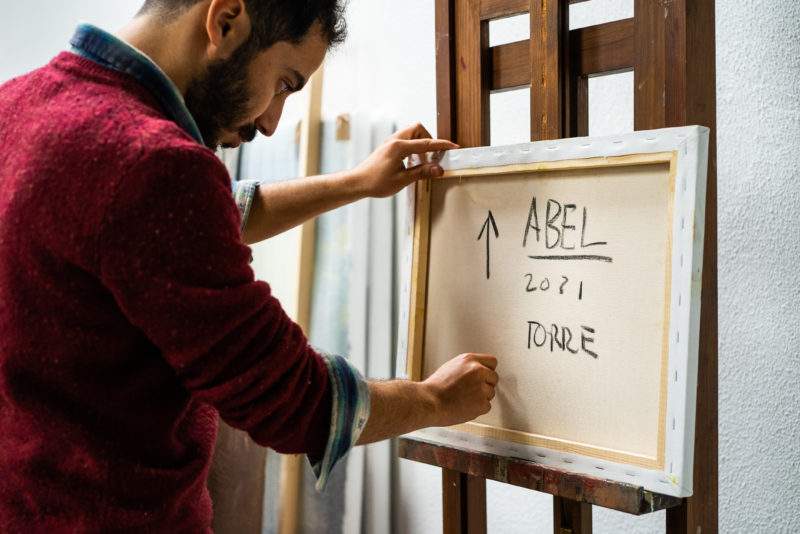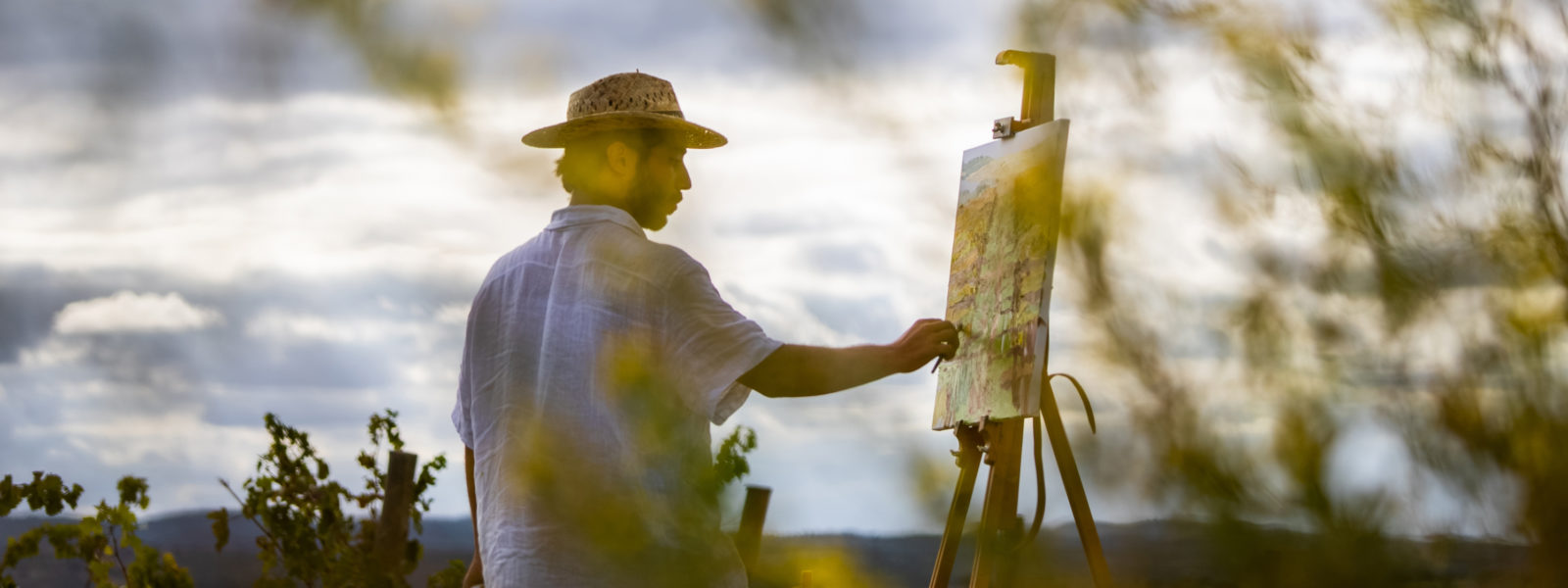
HERDADE DO ESPORÃO: AN EXCUSE FOR PAINTING
Abel Mota was in his bedroom when he got a call from designer Eduardo Aires inviting him to design an Esporão label. Such was his surprise that all he could do was mumble “Okay, thank you.” Just 21 years old at the time and not even having finished his degree in painting at the Faculty of Fine Arts of Porto, he couldn’t imagine that his work would appear so soon alongside masters like Alberto Carneiro, Júlio Pomar, or Julião Sarmento. But age is merely a signpost for recognition and experience, and talent does not choose age.
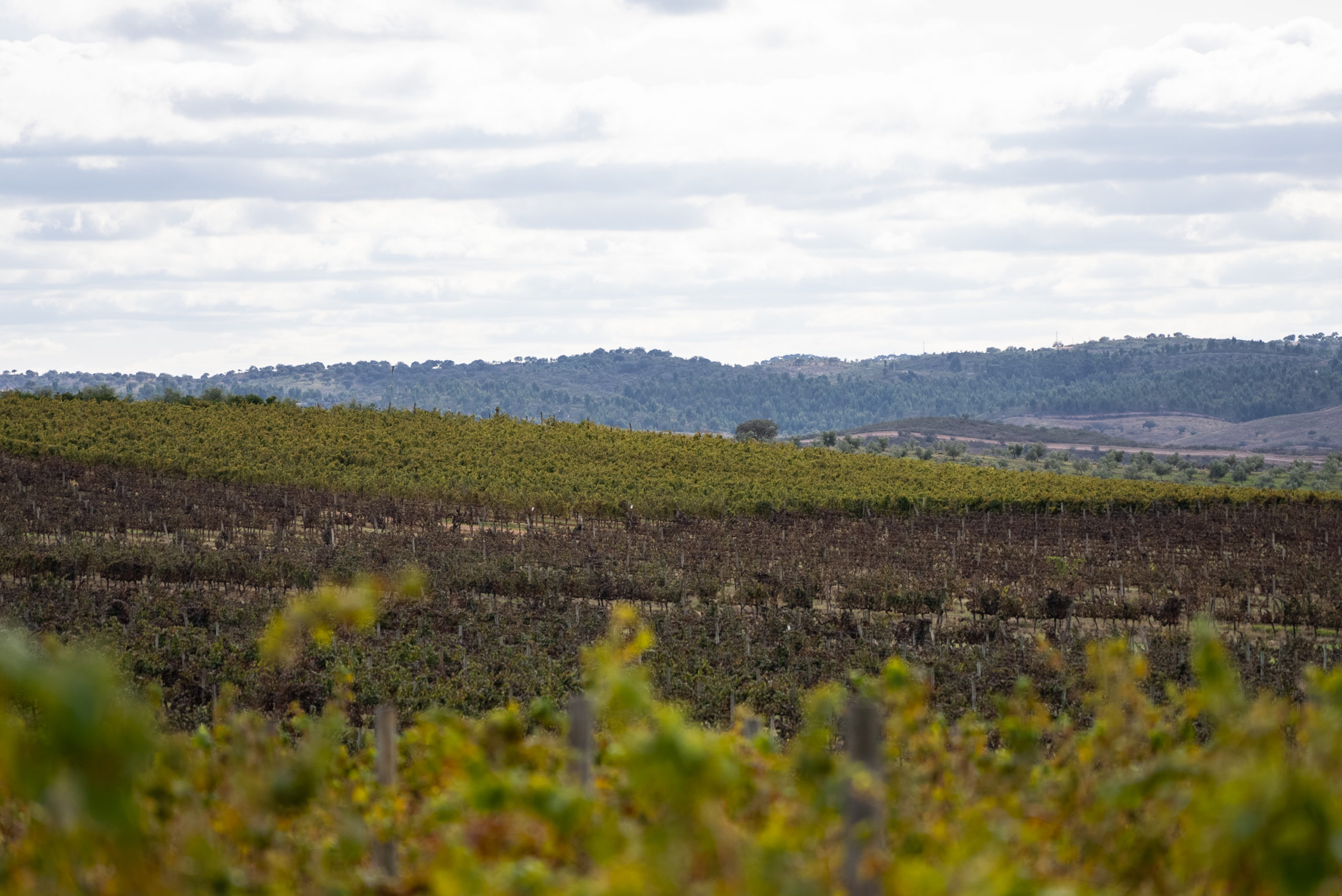
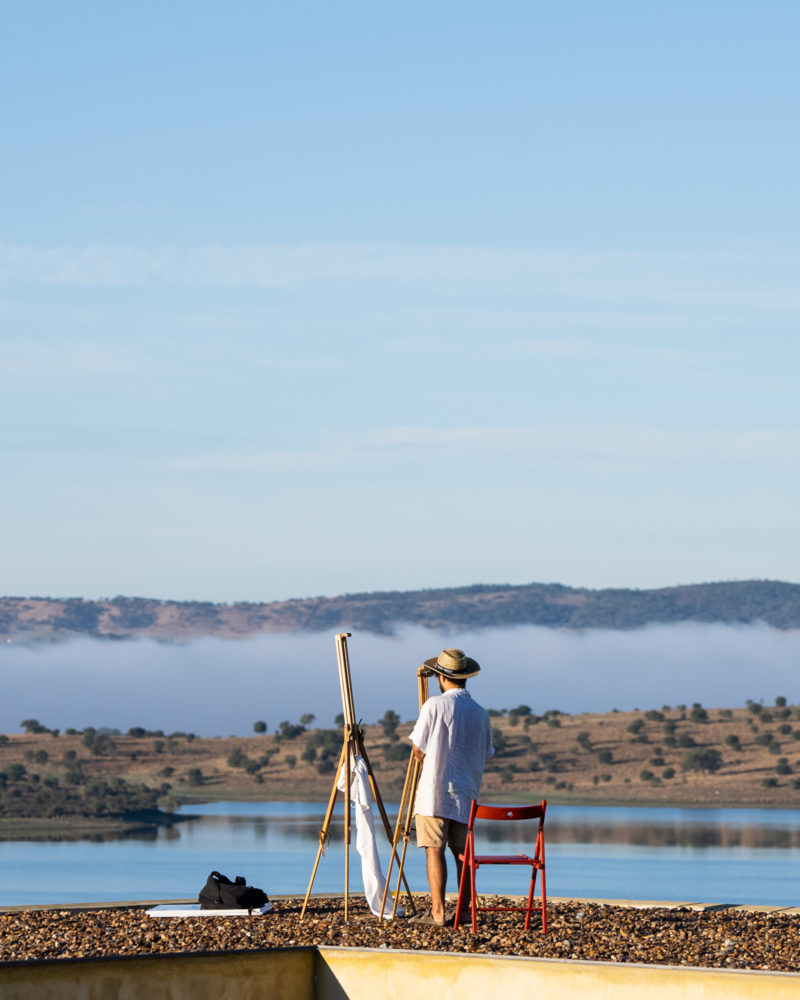
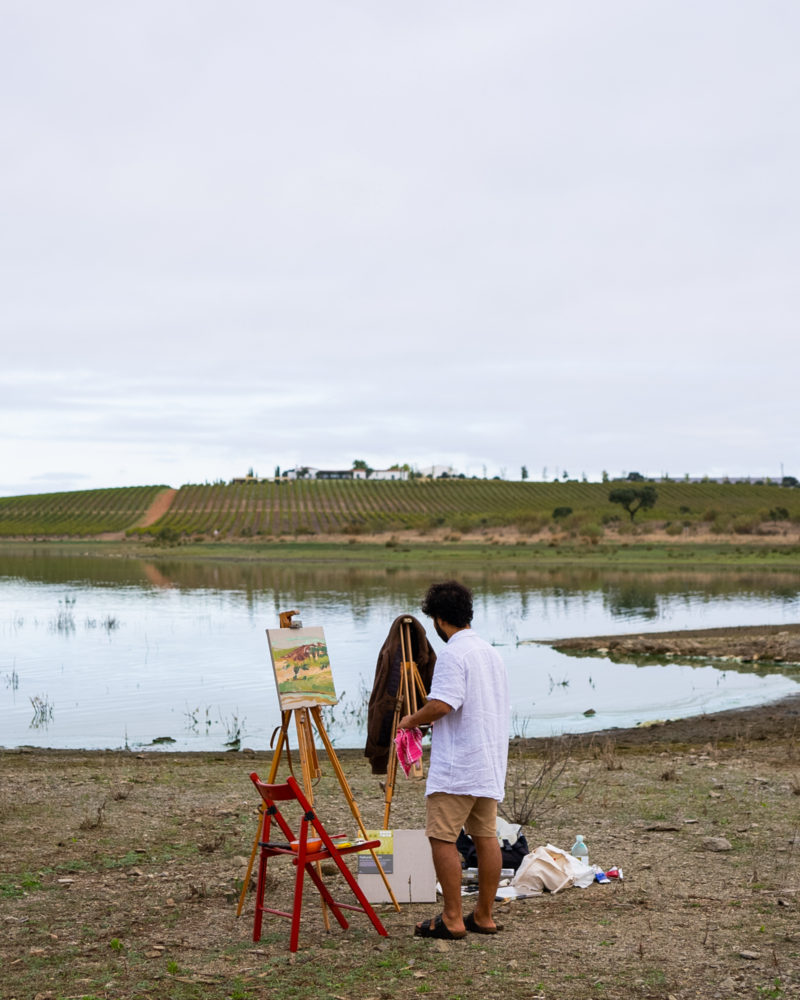
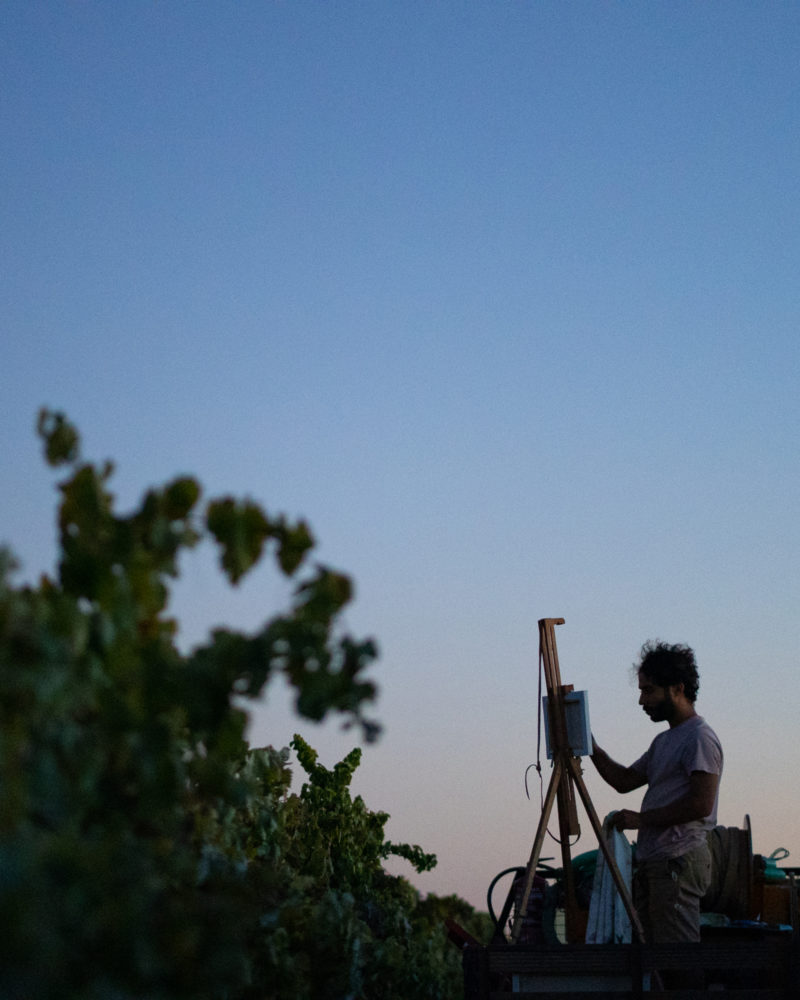
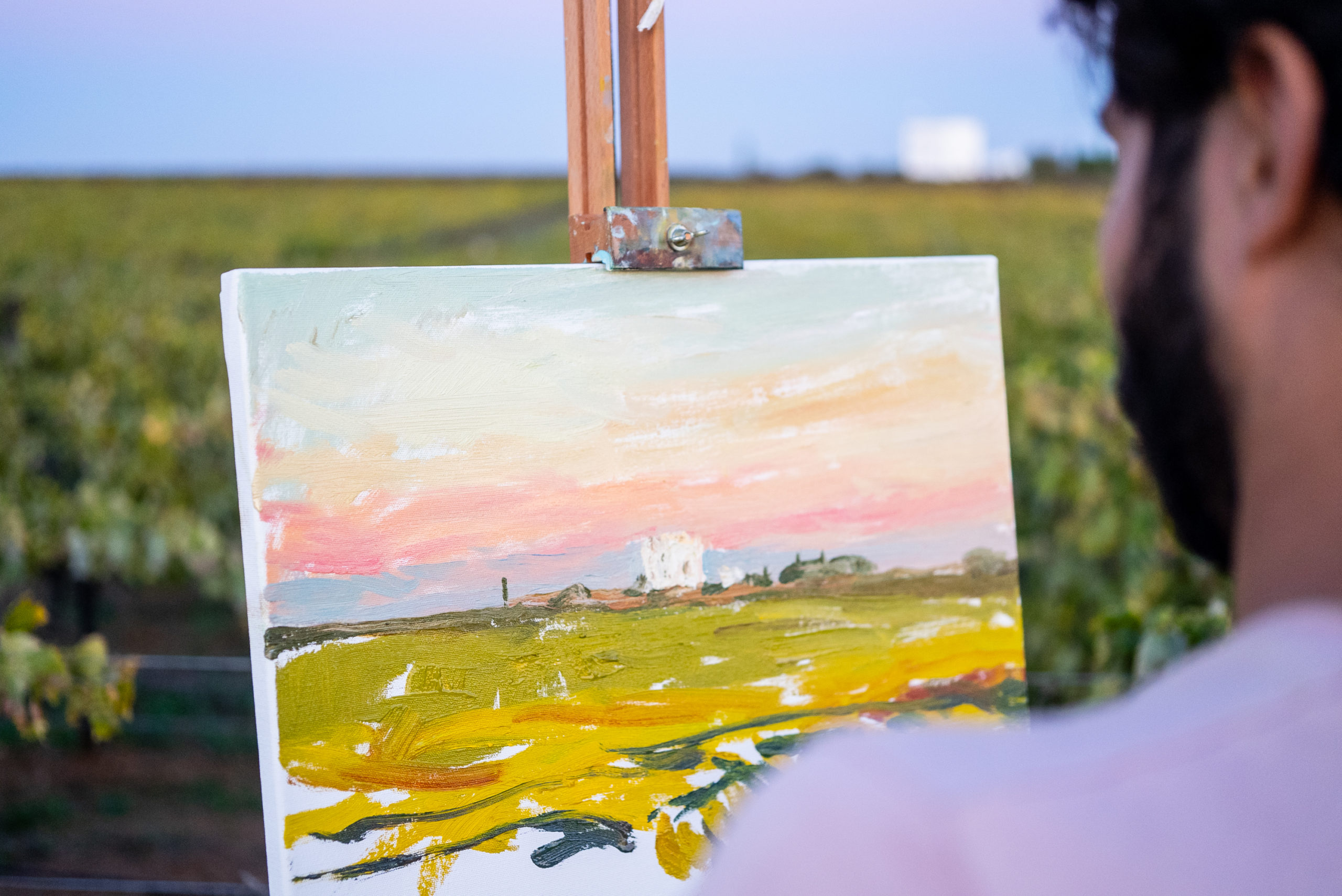
“All landscape painting is a good excuse to paint. It’s a happy sort of painting. There’s a pleasure to it. It’s like you see the land with different eyes. The landscape gives you time to notice things. And everything you see enriches the painting. I really enjoy this kind of painting, because I’m in the moment, a moment that’s going to end and that I have to take advantage of. I put everything onto that canvas. My paintings from this visit are proof that this was a good excuse to paint”.
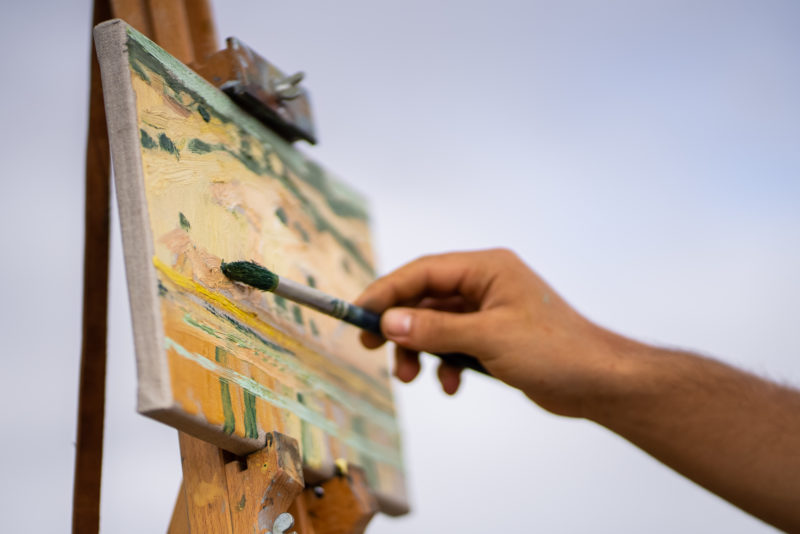
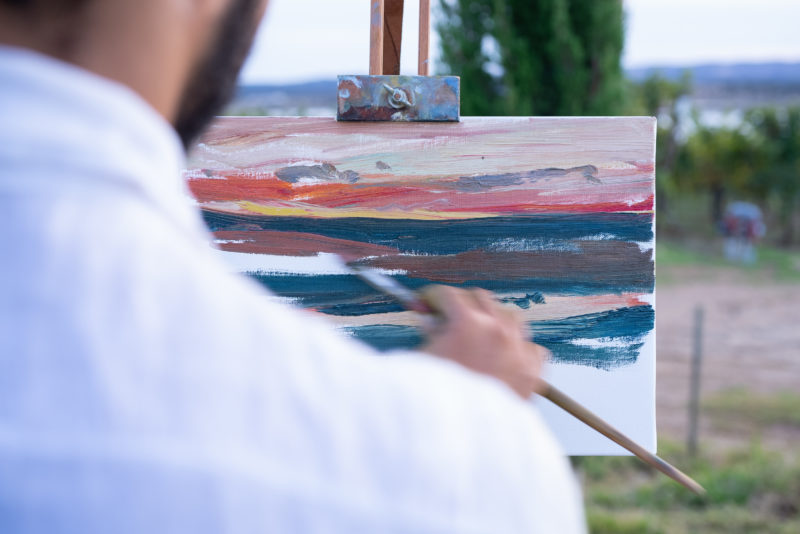

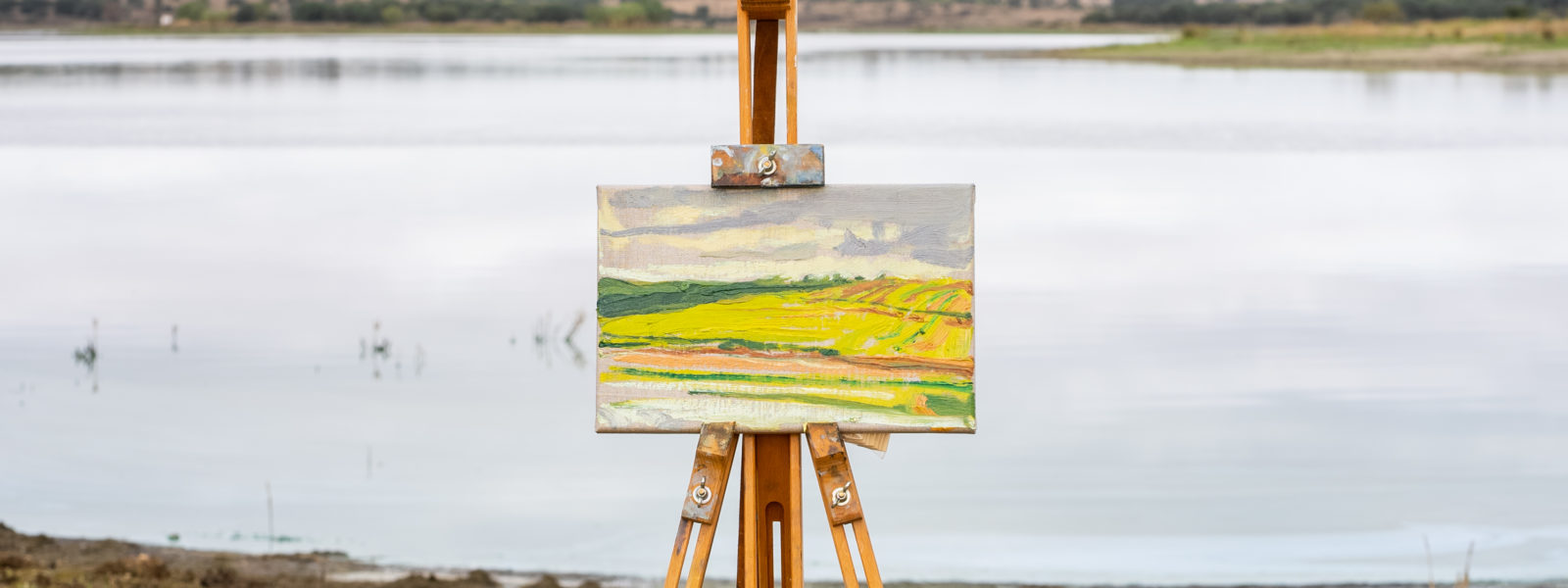
ABEL MOTA, Amares, 1999.
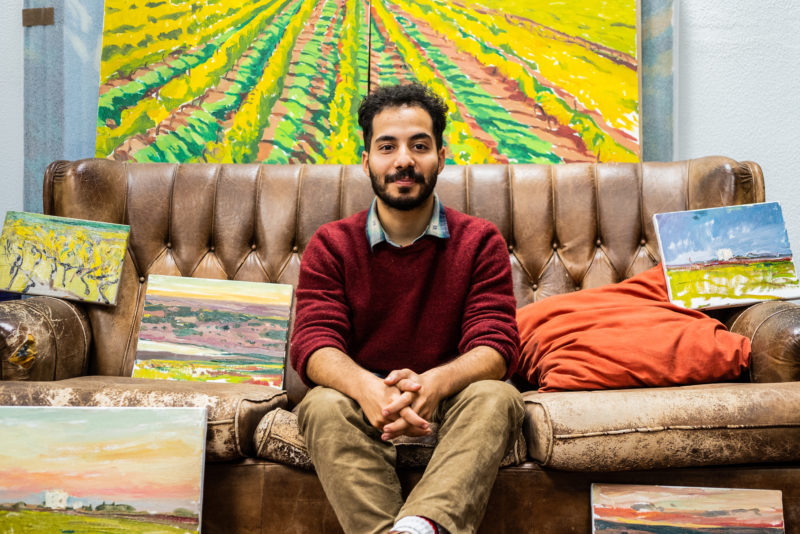
Since 2017 he has participated in several artistic residencies, collective and individual exhibitions, both in Portugal and abroad.
Of note are the residencies in Chã das Caldeiras, Cape Verde (2018 –2021) and in Conceição das Crioulas, Brazil, in 2019 with the ID_CAI project – Identidades and at the Biennial of Art Encontrarte, where he has been a guest artist since 2017.
That same year, he won the AJ award from the Millennium BCP Foundation.
Since 2019 he has collaborated on artistic projects with Estúdio Eduardo Aires (2019 and 2022).
